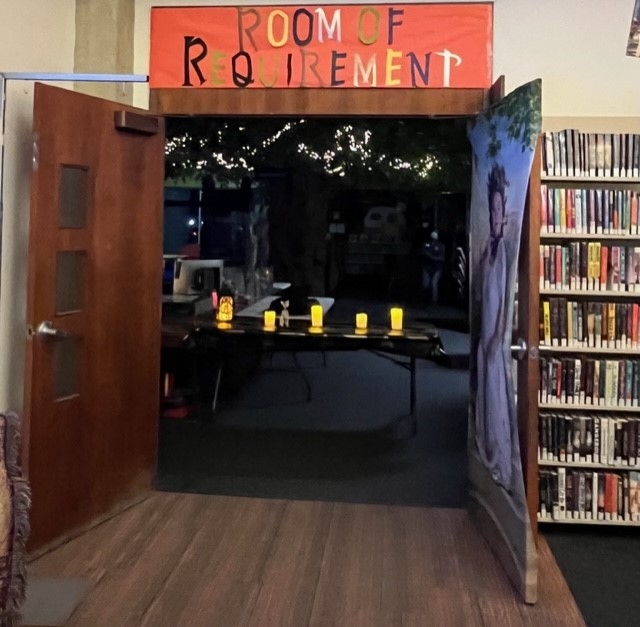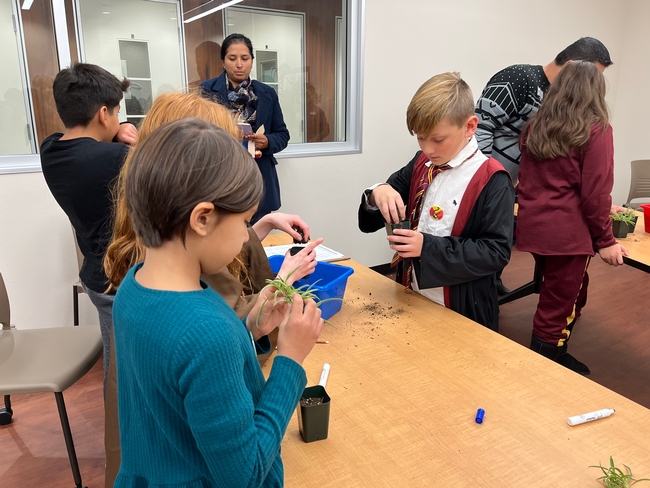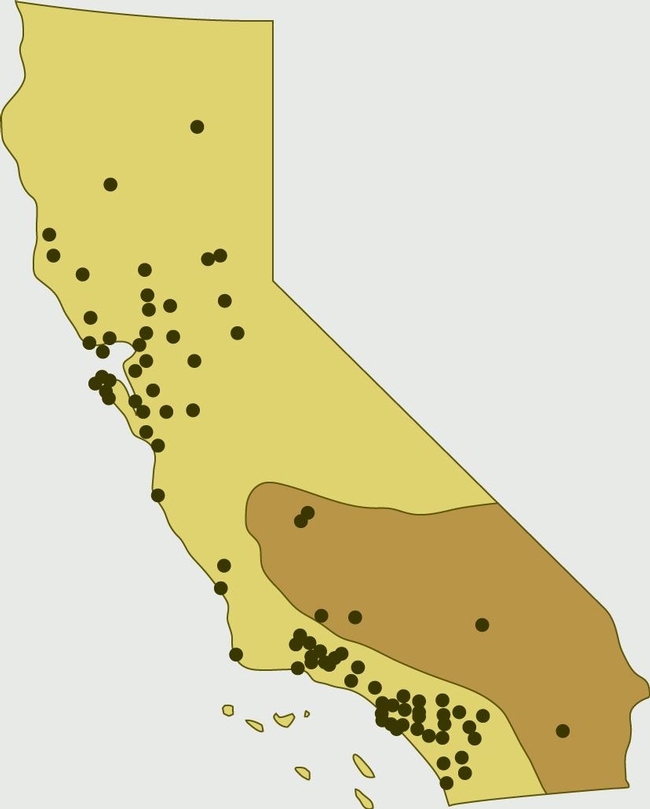- Author: Anne Schellman
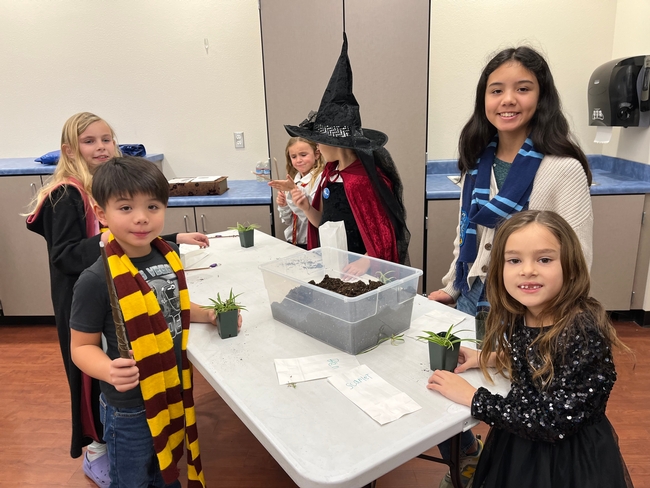
This event was created by Amber O'Brien-VerHulst, Library Assistant for the Modesto Library Teen and Children's Department who did an amazing job! After library staff welcomed in the “Hogwarts students,” they were “sorted” into their respective houses of Gryffindor, Slytherin, Ravenclaw, or Hufflepuff. Next, the students had the opportunity to: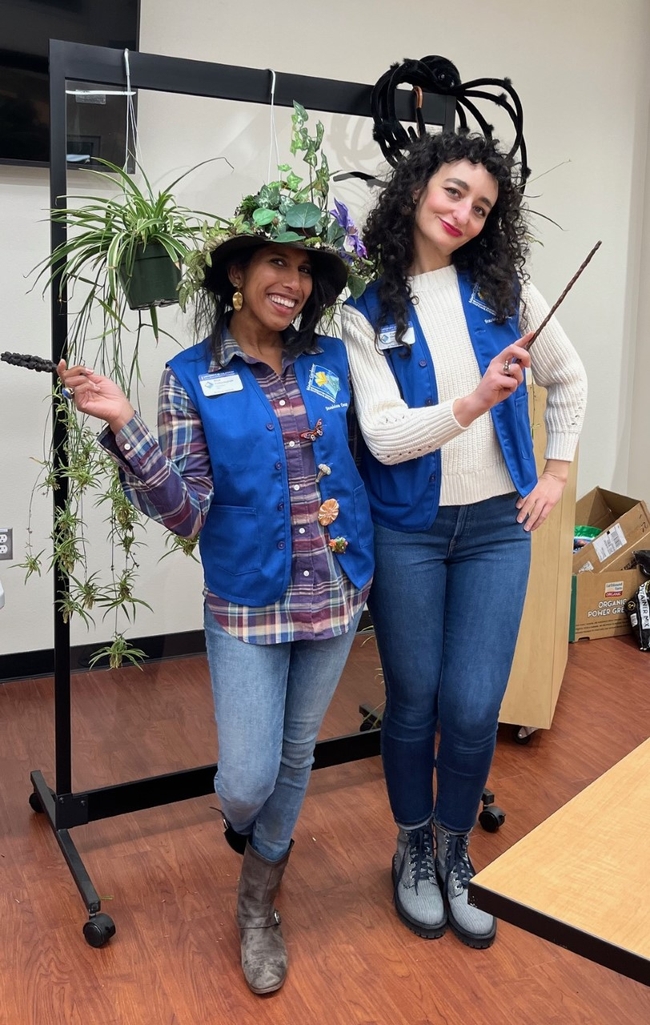
- Make a “Rememberall”
- Visit the Room of Requirements
- Take an “Herbology” class with UC Cooperative Extension Master Gardener volunteers
In the second Harry Potter book called “The Chamber of Secrets,” Harry and his friends take a class called “Herbology.” During one class, their assignment is to repot a magical creature called a mandrake. This plant resembles a small, grouchy baby and has an earsplitting, dangerous scream.
In our Herbology class, the students safely repotted “Aragog's grandbabies,” which were actually spider plants. In the story, Aragog was a very large spider that Harry and Ron met, so we thought these plants were an appropriate choice for the activity. Kids of all ages enjoyed learning about spider plants, naming their spider, and planting it in a pot to take home. Special thanks to MJC nursery for donating the plants!
Speaking of plants, did you know you can study horticultural science in Modesto?
To learn more, stop by the MJC east campus Environmental Horticulture Department to see the classrooms and inviting study lounge, https://www.mjc.edu/instruction/agens/ehs.php and then visit the MJC Nursery and purchase affordable plants grown by students. To learn more, visit their Facebook page at. https://www.facebook.com/MjcPlantNursery/ 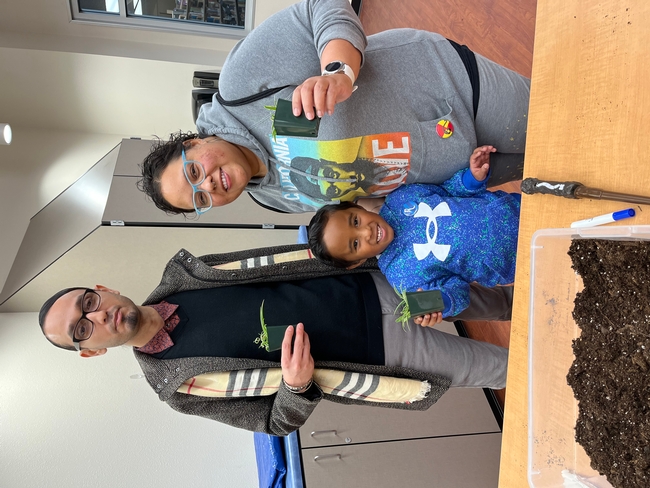
In closing, if you haven't been to the library lately, winter is a great time to snuggle up with a good book! If you don't have a library card, apply for one at a local branch (there are 11!) in Stanislaus County. Check the website for hours and locations at https://www.stanislauslibrary.org/.
- Author: Rick Vetter
[Reblog from Pests in the Urban Landscape]
If you were to ask an audience of more than a few people if they or anyone they know has ever seen or been bitten by a brown recluse spider in California, many hands would be raised. This is quite remarkable because the brown recluse spider has NEVER established breeding populations in California!
The myth of the brown recluse has been generated and sustained by:
- Physician misdiagnoses (where many skin lesions of diverse non-spider origin are blamed on a non-existent spider)
- Media articles that report claims of horrendous bite injury without proof of spider involvement
- Misidentification of harmless brown spiders as brown recluses by the general public as well as "authorities" who lack adequate spider identification skills
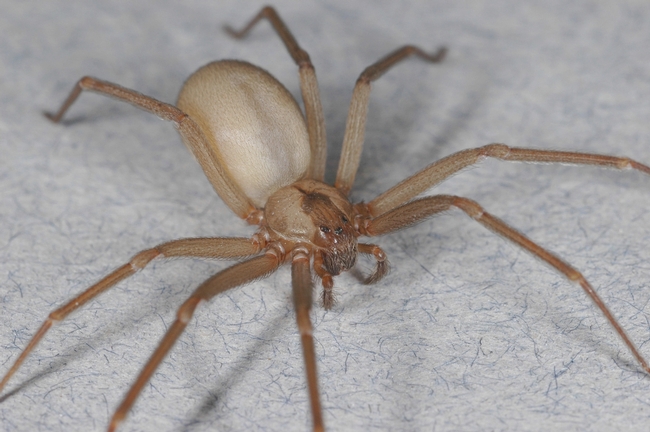
Brown recluse mythology is persistent throughout North America, even in places such as Alaska and Canada, which are far from where the spider is actually found. In some places, it is easy to argue against this myth because no recluse spiders have ever been found there. For California, this argument is less definitive because the state's south eastern deserts are home to several related native species such as the desert recluse spider (a different species than the brown recluse).
Additionally, in urban Los Angeles County, there have been rare records of isolated populations of the Chilean recluse spider. However, the native desert species occur where few people live and the Chilean recluse has only been found in commercial buildings, never in homes. There have been no confirmed bites by this non-native Chilean recluse since it was originally found in Los Angeles in the late 1930s. There have been rare findings of brown recluse in California, but these have occurred as hitchhikers in moving boxes from other areas of the country and the spider was destroyed after locating.
Although there are some recluse spiders in limited areas within California, this does not explain the hundreds (and maybe thousands) of brown recluse bite misdiagnoses made in California each year. In a study mapping out such misdiagnoses vs. known populations of recluse spiders in California, more than 95% of the purported brown recluse bites occurred in urban areas where the spiders are not known to inhabit.
For many decades throughout North America, it has been readily assumed by the medical community that many skin lesions resulted from brown recluse spider envenomation. However, recent research shows that most of these lesions are unrelated to spiders. Causes include some medical conditions that are much worse than any recluse bite would be.
One real danger of such a recluse bite misdiagnosis is that the actual causal condition will not respond to recluse bite remedy, allowing the real condition to continue on unabated, worsening and potentially leading to death. Some of these afflictions misdiagnosed as recluse bite include: cancer, leukemia, lymphoma, Lyme disease, bacterial infections, anthrax, adverse reaction to blood thinners, poison ivy, poison oak, chemical burn, thermal burn, and more. One of the most common conditions misdiagnosed as a spider bite is the bacterial infections caused by methicillin-resistant Staphylococcus aureus (MRSA).
To find out more about the different species of recluse spiders, identifying features of the brown recluse, and other spiders commonly mistaken for recluses, see the recently updated Pest Notes: Brown Recluse and Other Recluse Spiders on the UC IPM website.
[Article originally published as "The Brown Recluse Spider Does NOT Occur in California" in the Spring 2019 issue of the Retail Nursery and Garden Center IPM News.]

